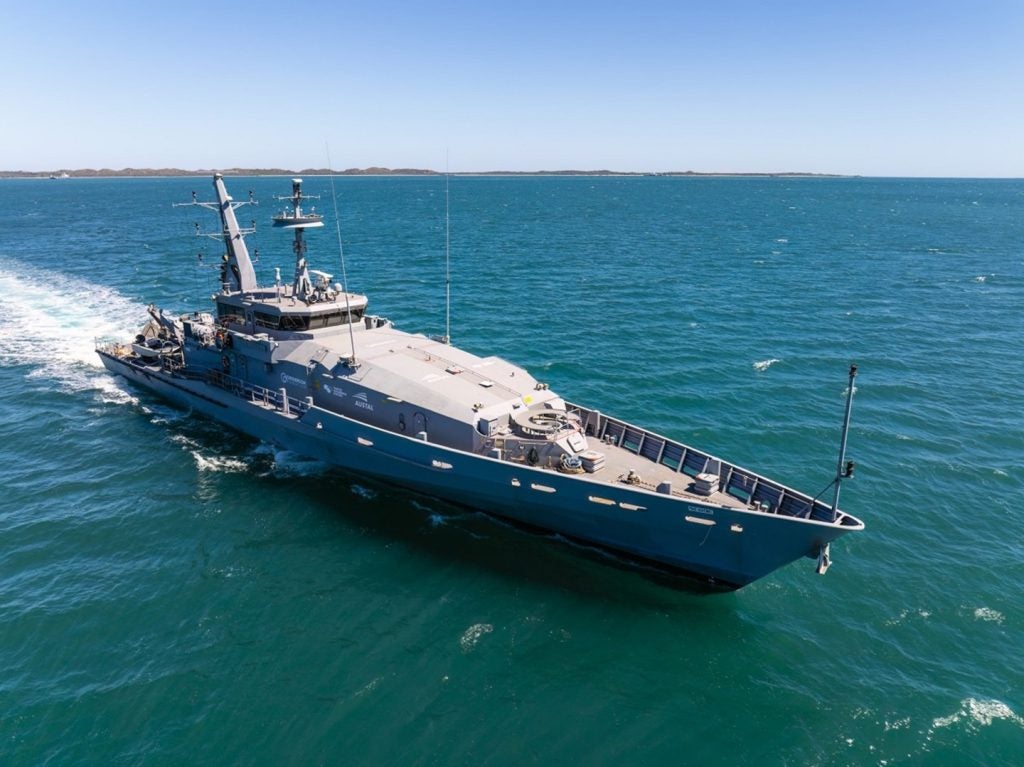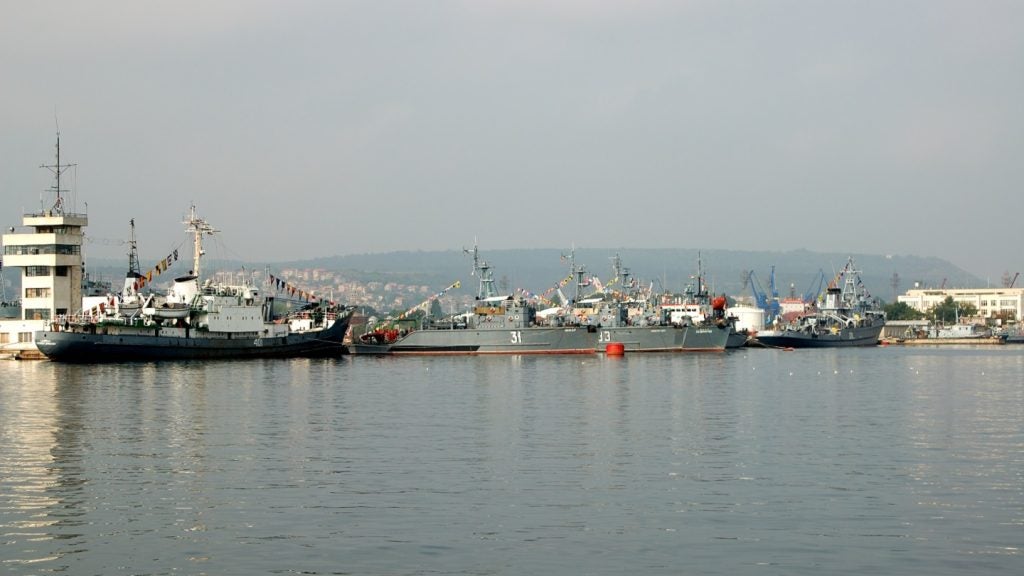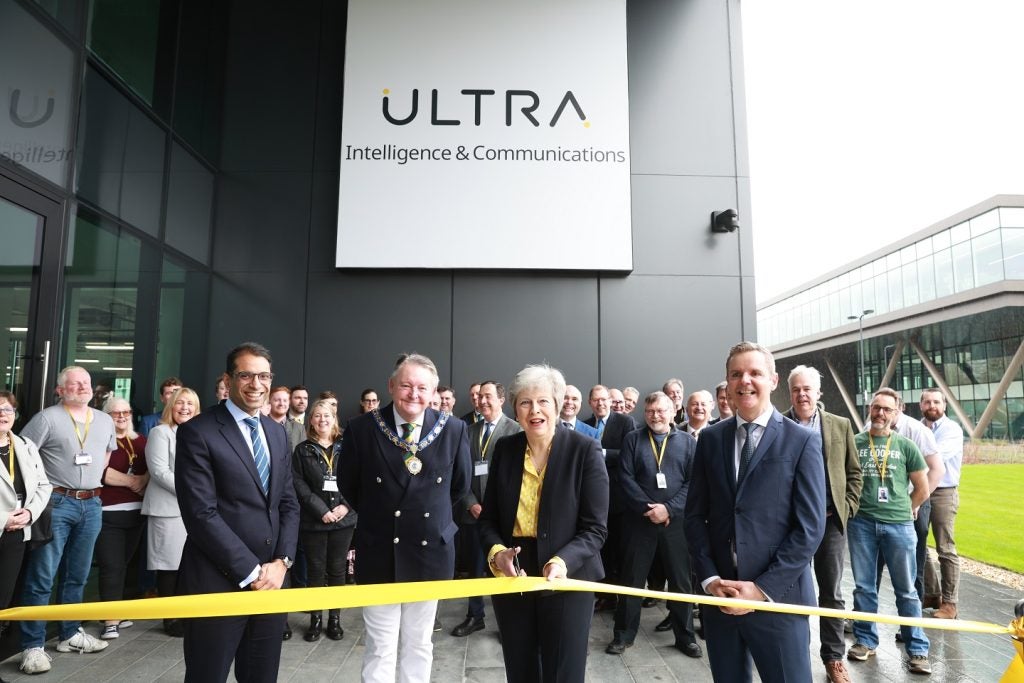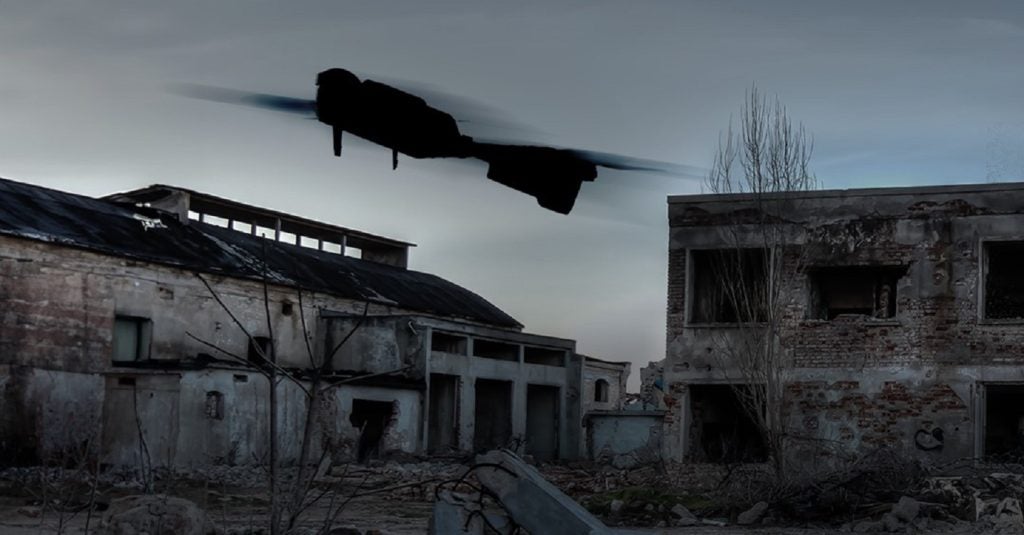
Researchers from the Carnegie Mellon University’s (CMU) Robotics Institute and Sensible Machines have developed a new small quadrotor designed for fire-fighting inside navy ships.
During a demonstration on a decommissioned US Navy vessel, the micro-flyer autonomously flew through dark, smoke-filled compartments to detect fires and trace victims.
The drone has been built for deployment by the US Office of Naval Research (ONR) as part of the damage control technologies for the 21st century (DC-21) project.
Using the RGB-D camera, or depth camera as a primary sensor to create a map of fire areas, the micro-flyer can operate in confined spaces and rapidly accumulate situational information.
How well do you really know your competitors?
Access the most comprehensive Company Profiles on the market, powered by GlobalData. Save hours of research. Gain competitive edge.

Thank you!
Your download email will arrive shortly
Not ready to buy yet? Download a free sample
We are confident about the unique quality of our Company Profiles. However, we want you to make the most beneficial decision for your business, so we offer a free sample that you can download by submitting the below form
By GlobalDataONR DC-21 programme manager Thomas McKenna said: "With the micro-flyer, we wanted to show that it could autonomously navigate through the narrow hallways and doors, even in dense fire smoke, and locate fires.
See Also:
"It succeeded at all those tasks."
Accumulated information is transmitted to the ONR’s prototype humanoid robot Shipboard Autonomous Fire-fighting Robot, which then collaborates with humans to fight fires and undertake evacuation procedures.
CMU Robotics systems scientist Sebastian Scherer said: "Flying autonomously through narrow doorways in darkness and smoke poses a number of technical challenges for these small drones.
"But this capability, known as fast lightweight autonomy, will have numerous applications beyond shipboard fires, such as investigation of building fires and inspection of hazardous chemical tanks and power plant cooling towers."
The ONR’s project is supported by a small business innovation research grant to Sensible Machines, with Robotics Institute acting as the subcontractor.
Image: The drone will accumulate situational information. Photo: courtesy of Carnegie Mellon University.







